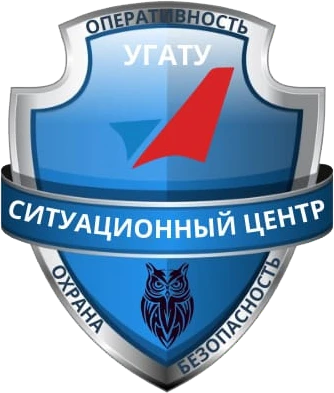The rector of USATU told what gave the university participation in the "Priority-2030" program
Поделиться:
- ВКонтакте
- Telegram








